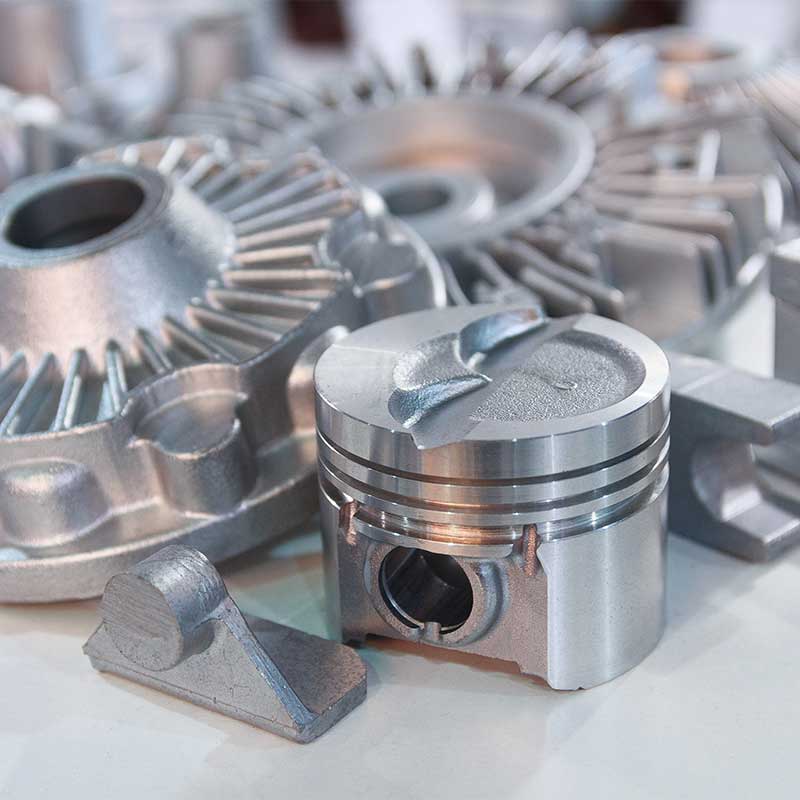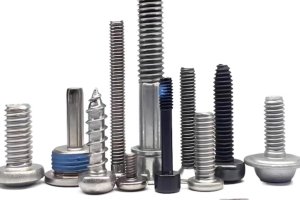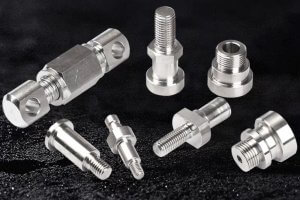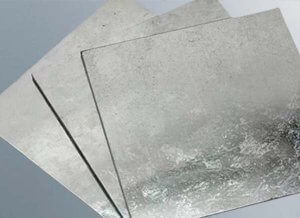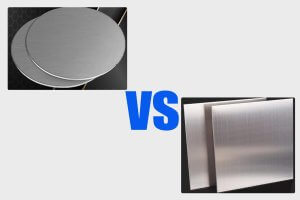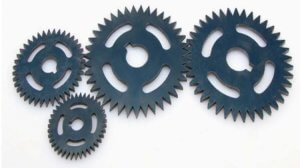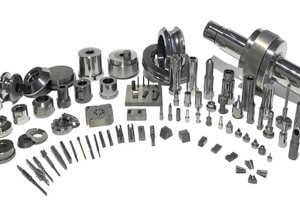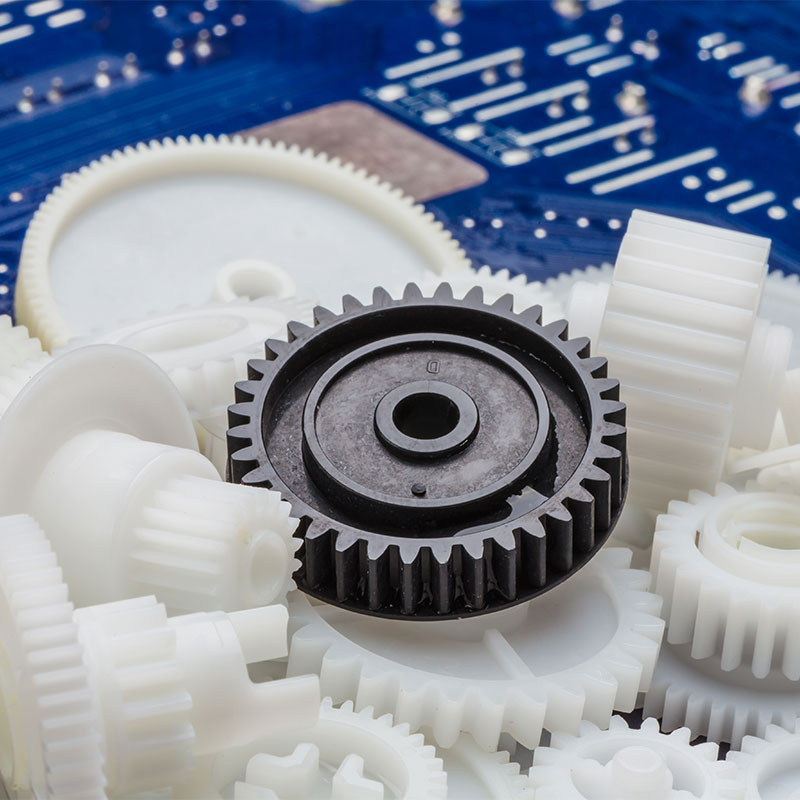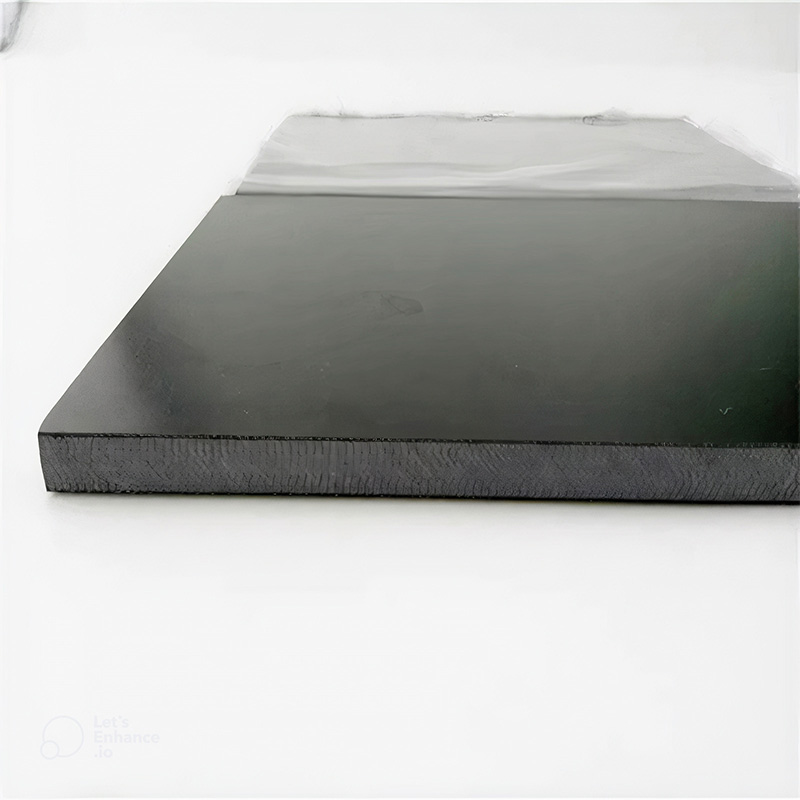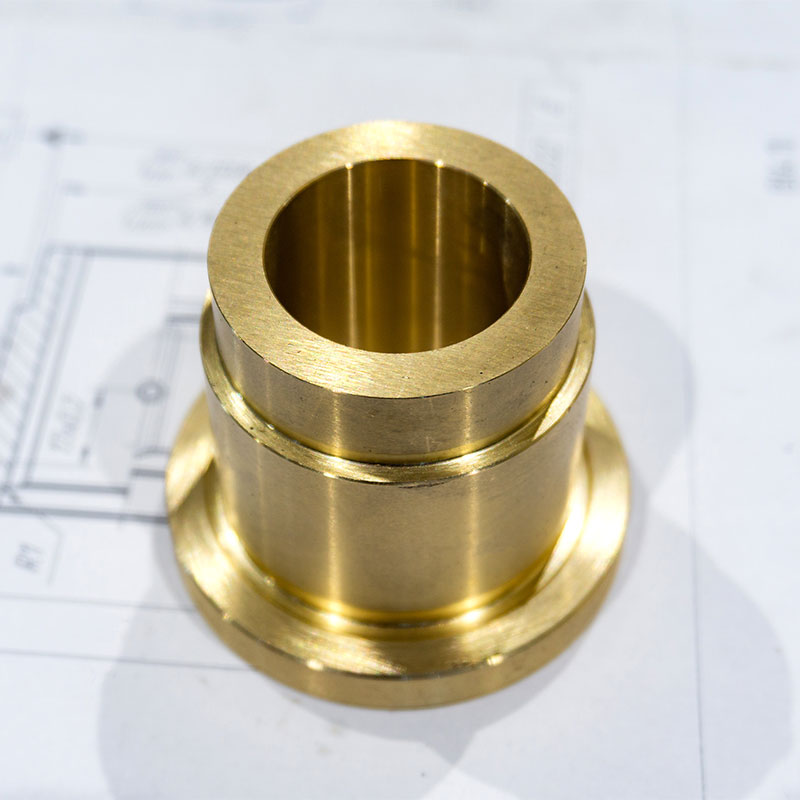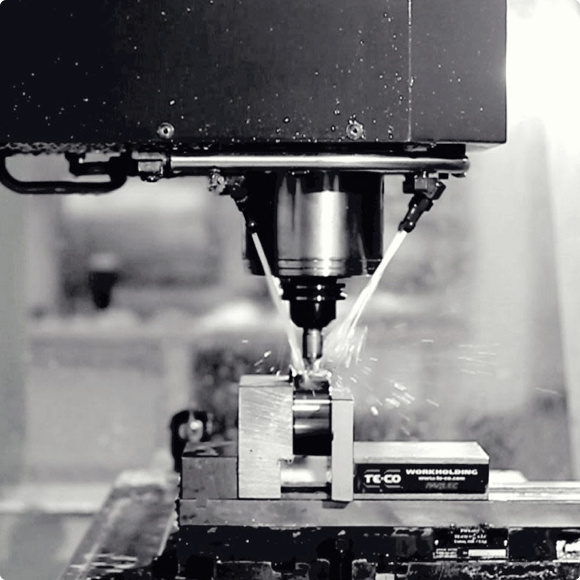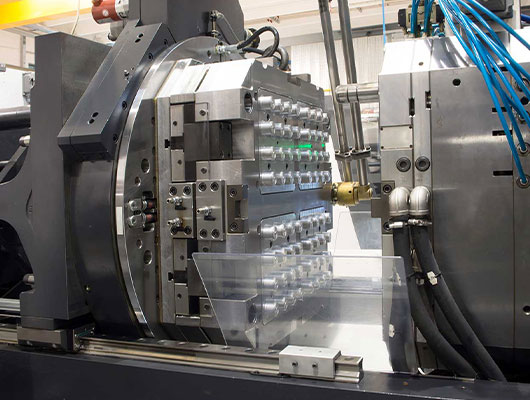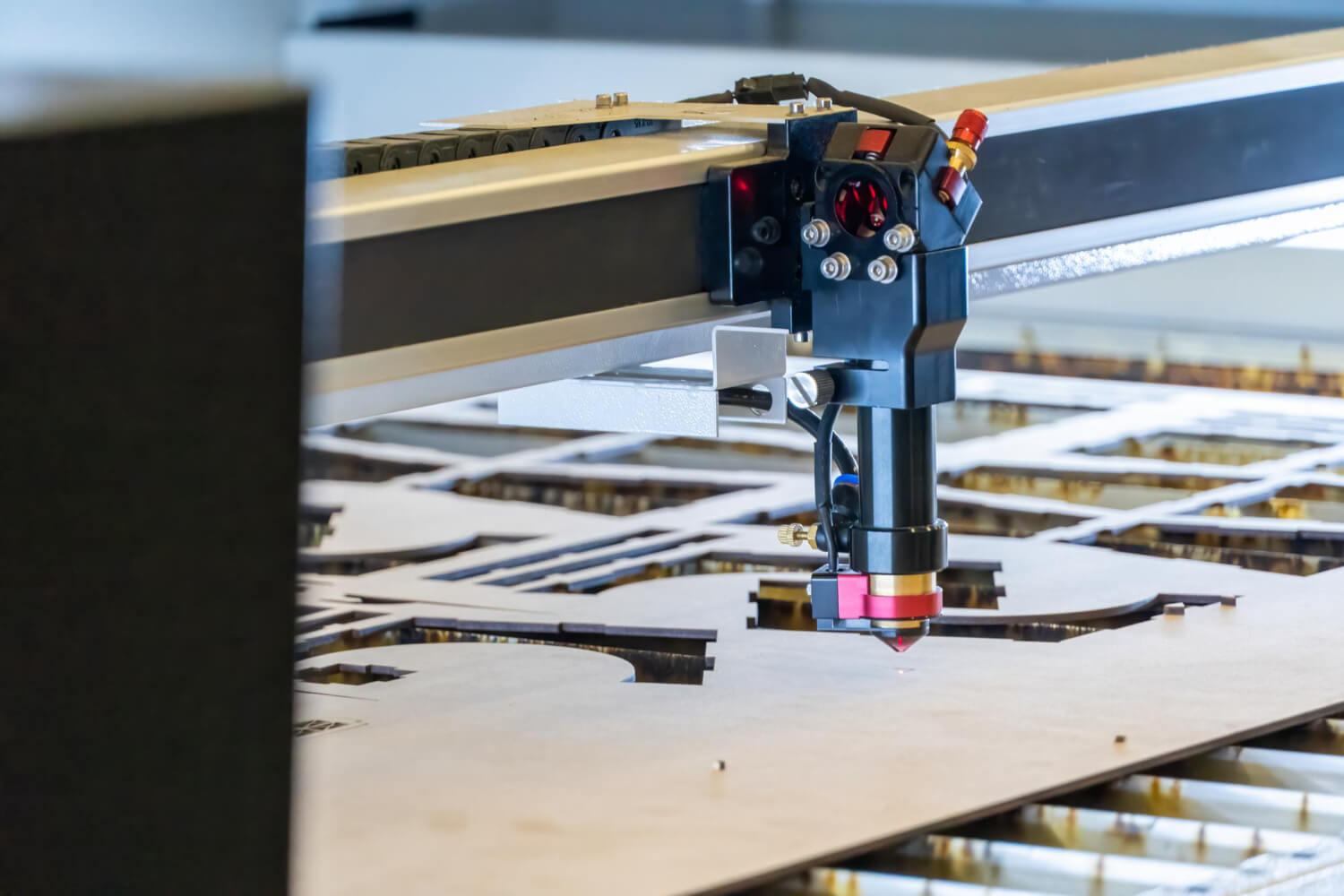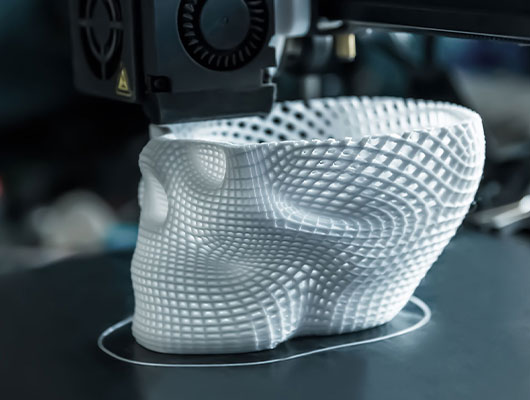Steel types are incredibly diverse, and the commonly machined steel types mainly include the following.
Steel 1018:
Steel 1018 is a low-carbon steel alloy that is often used in the manufacturing of parts and components. It contains up to 0.18% carbon and has good weldability and machinability.
Advantages: Steel 1018 is easy to machine, making it a popular choice for applications that require complex shapes or designs. It is also relatively inexpensive and can be used for a variety of different parts and components.
Disadvantages: While Steel 1018 is easy to machine, it is not as strong or durable as other types of steel alloys. It may not be suitable for applications that require high levels of strength or resistance to wear and tear.
Steel 4130:
Steel 4130 is a low-alloy steel that is often used in the aerospace and defense industries. It contains chromium and molybdenum and has good strength and toughness.
Advantages: Steel 4130 has excellent strength and toughness, making it a popular choice for applications that require high levels of durability and resistance to wear and tear. It also has good weldability and machinability.
Disadvantages: Steel 4130 can be more difficult to machine than other types of steel alloys, and it may require specialized tools and techniques. It can also be more expensive than some other types of steel.
Steel 4140:
Steel 4140 is a versatile and widely used alloy steel that contains chromium, molybdenum, and manganese. It has good strength and toughness and can be used in a variety of different applications.
Advantages: Steel 4140 has excellent strength and toughness, making it a popular choice for applications that require high levels of durability and resistance to wear and tear. It can also be easily machined and welded.
Disadvantages: Steel 4140 can be more expensive than other types of steel, and it may require specialized tools and techniques for machining.
Steel 4140 PH:
Steel 4140 PH (pre-hardened) is a variation of Steel 4140 that has been pre-hardened for added strength and durability.
Advantages: Steel 4140 PH has excellent strength and toughness, making it a popular choice for applications that require high levels of durability and resistance to wear and tear. Its pre-hardened state also means that it can be used in applications that require added strength and durability.
Disadvantages: Steel 4140 PH can be more expensive than other types of steel, and it may be more difficult to machine than other types of steel alloys.
Steel A36:
Steel A36 is a low-carbon steel that is commonly used in the manufacturing of structural components and parts. It has good strength and toughness and is relatively easy to weld and machine.
Advantages: Steel A36 is a versatile and widely used steel alloy that is relatively inexpensive and easy to weld and machine. It is commonly used in the manufacturing of structural components and parts.
Disadvantages: Steel A36 may not be suitable for applications that require high levels of strength or resistance to wear and tear. It may also be more prone to corrosion than some other types of steel.
Steel 1215:
Steel 1215 is a free-machining steel alloy that is often used in the manufacturing of fasteners, pins, and other small components. It contains sulfur and has good machinability.
Advantages: Steel 1215 is easy to machine, making it a popular choice for the manufacturing of fasteners, pins, and other small components. It is also relatively inexpensive.
Disadvantages: Steel 1215 may not be suitable for applications that require high levels of strength or durability. It may also be more prone to corrosion than some other types of steel.
Steel 4340
Steel 4340 is a high-strength, low-alloy steel that is commonly used in the manufacturing of aircraft components, automotive parts, and industrial equipment. It contains chromium, molybdenum, and nickel.
Advantages: Steel 4340 has excellent strength, toughness, and fatigue resistance, making it a popular choice for applications that require high levels of durability and resistance to wear and tear. It can also be easily machined and welded.
Disadvantages: Steel 4340 can be more expensive than other types of steel alloys, and it may require specialized tools and techniques for machining. Its high alloy content may also make it more prone to corrosion in certain environments.
Overall, each type of steel has its own unique properties and advantages and disadvantages. It is important to carefully consider the requirements of the application when selecting a steel alloy for CNC machining. By choosing the appropriate steel alloy and using the right machining techniques, high-quality parts and components can be manufactured to meet a wide range of industrial and commercial needs.


